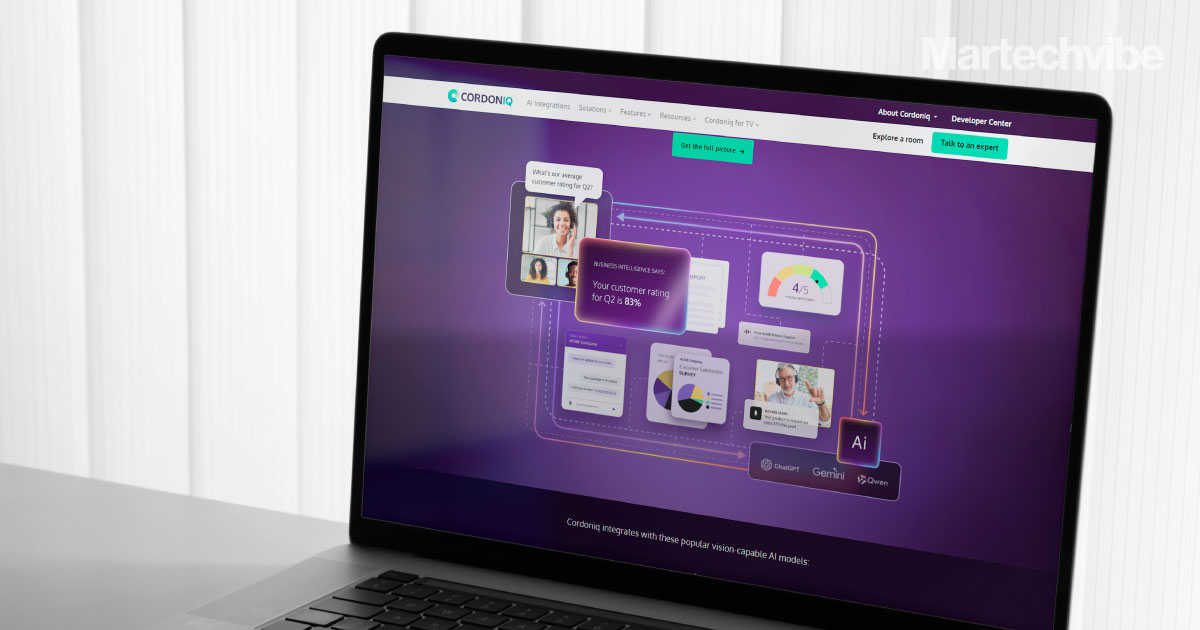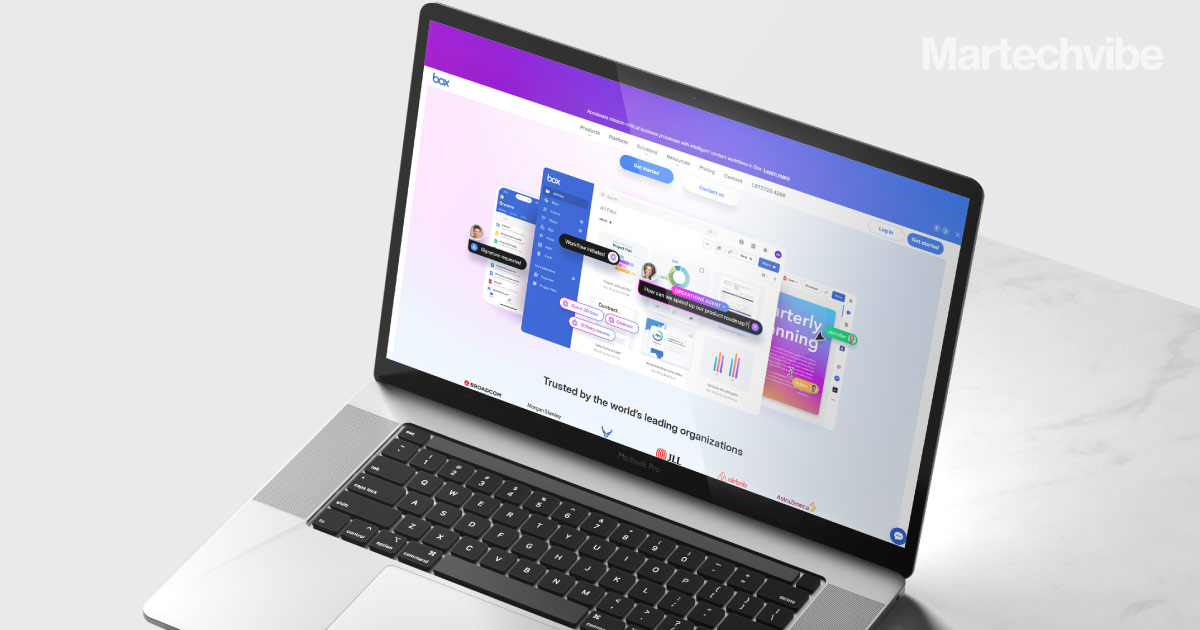
Many brands are still using last-click or outdated attribution models that misrepresent media performance, leading to wasted budgets and misaligned strategies. True incrementality testing offers a more accurate way to understand the actual business impact of marketing efforts.
A common misconception is that incrementality testing is only for big-budget brands. In reality, modern platforms offer cost-effective, scalable solutions that make it accessible for brands of all sizes. When implemented correctly, it’s faster, simpler, and significantly more insightful than traditional metrics like ROAS.
“To me, experimentation is the ultimate form of proactive decision-making when it comes to media investments. As an organisation, there needs to be a deliberate focus on testing, learning, and iterating based on results, in a way that constantly evolves. At all levels of the organisation, there needs to be a concerted effort to test various business questions and use those test results to verify decisions,” said Will Post, Vice President, Growth at Measured.
He oversees the cross-functional teams responsible for bringing the company’s solution to marketers. His focus is on helping brands eliminate media waste and make smarter, data-driven marketing investments that drive true incremental returns for their business.
Will addresses the pitfalls of outdated attribution models, the promise of incrementality testing, the impact of AI on decision-making, and the need for CMOs to shift from reactive to proactive strategies.
He also advocates for a test-and-learn culture supported by centralised, trustworthy performance data — and emphasises asking better questions over simply acquiring more data.
Excerpts from the interview:
Are most brands optimising media or just optimising what they can measure? Where are marketers over-relying on attribution and underusing true incrementality?
CMOs and business leaders are often forced to make high-stakes decisions with limited visibility into the actual performance of their media investments. But too many brands rely on outdated attribution models that distort reality, leading to wasted budget, misaligned strategies, and stalled growth.
It’s time to adopt a framework for marketing effectiveness that drives business outcomes, not just channel performance.
We see it all the time. Brands show up at our door frustrated, burning through resources, time, and money after relying – for too long – on outdated platform attribution reporting that fails to accurately determine the true impact of their advertising spend.
It’s time to break the cycle, stop wasting money, and uncover the true efficiency of a more healthy cross-funnel media strategy. The key is to adopt a test-and-learn mindset and get onboard with a media measurement and optimisation practice that can be easily integrated across the entire organisation.
ALSO READ: Trust is Currency: Capturing Every Sale in a Downturn
What are the biggest misconceptions brands have about incrementality testing?
Contrary to popular belief, incrementality testing isn’t just for big brands with massive budgets. Scalable and cost-effective approaches to media measurement and optimisation exist for all marketers. It’s not overly complex or time-consuming when implemented strategically, and it’s far more valuable than relying on simplistic metrics like last-click attribution.
The holy grail of effective marketing is a single, reliable source of truth — one that ties every dollar spent to a real business outcome and tells you where to spend your next dollar.
While 98% of marketers recognise the importance of having a complete, centralised view of all cross-channel marketing efforts, today’s leading marketers still struggle to prove the value of their media investments and demonstrate their ability to build an efficient and effective marketing funnel across an increasingly diverse media portfolio.
So it’s paramount that media performance data be centralised and trustworthy. With countless media measurement tools available today, choosing the right measurement approach is one of the most critical decisions for marketers in 2025.
The methodology you rely on can make or break your business success. A best-in-class media measurement and optimisation platform can transform your approach to marketing, offering a seamless path from insight to action and empowering you to optimise media spend and make confident strategic decisions that drive your business forward.
ALSO READ: In Conversation with Andy Cooney, Co-Founder of Marcode
What’s one counterintuitive insight you’ve learned about scaling spend across platforms like Meta, Google, or TikTok?
Looking back over the last decade and a half, fueled by the rise of Walled Gardens, many of today’s most successful enterprise brands were built on performance marketing engines such as Google and Facebook.
With abundant user data tracking capabilities available, generating clicks and conversions drove strong, sustainable growth — and it was seemingly easy to manage.
Fast forward to today’s omnichannel world where media costs have skyrocketed, privacy changes like iOS 14.5 continue to degrade click-based measurement signals, and new customer acquisition has become more expensive for marketers across all verticals.
As some brands continue to measure their advertising’s success using vanity metrics like attributed ROAS — which is increasingly biased towards existing, high-intent, and promotion-responsive customers — savvier marketers have recognised that this path is leading them to spend diminishing returns on lower funnel tactics, stifling new customer acquisition and brand awareness.
If it all wasn’t complicated enough, today’s advertising ecosystem has been flooded with new black box AI ad products such as Google’s PMax, Meta’s Advantage Shopping+. While they seem attractive for their convenience, these new channels are especially known to overspend and over-report media performance in the lower funnel.
Marketers now face the near-impossible task of optimising their media budgets for growth based on unreliable data — a lose-lose proposition that cannot be ignored.
At Measured, we’re a fully bi-directional, enterprise-grade measurement and optimisation platform. From the inbound direction, we are fully integrated with over 300 data sources, meaning you don’t have to spend time collecting or organising your marketing data.
Additionally we are able to seamlessly integrate with other measurement practices you may already have in place. For example, if you have an existing Media Mix Modeling solution, our platform can ingest this data and either validate or calibrate it with incrementality tests you run on our platform.
We are even able to train our model on your existing measurement programs. In the outbound direction, the Measured Platform can also stream your marketing performance and reporting data into your brand’s existing BI and reporting infrastructure or export it daily into another data lake or platform of your choice for further analysis.
Everyone’s talking about AI—but what’s your take on its role in media optimisation?
AI is becoming an essential part of the marketer’s tech stack and will be most effective when fully integrated into their day-to-day workstreams. We employ deep machine learning in our testing technology to identify the optimal test markets for geo-based incremental lift experiments.
By running over 100,000 simulations for every test, our AI is able to predict a brand’s sales performance with 99% accuracy and detect outliers before you even run the test. Brands can run more simultaneous tests with the smallest possible test markets and we provide validation of each test’s accuracy. This means you can run more tests, up to 8 at once, and your brand is exposed to the least amount of business risk so you can make investment decisions with the utmost confidence.
How should organisations train teams to shift from reactive reporting to proactive decision-making?
To me, experimentation is the ultimate form of proactive decision-making when it comes to media investments. As an organisation, there needs to be a deliberate focus on testing, learning, and iterating based on results, in a way that constantly evolves. At all levels of the organisation, there needs to be a concerted effort to test various business questions and use those test results to verify decisions.
Is the future of growth about more data—or better questions? What advice would you give to CMOs?
Several years ago, a priority for almost every CMO I spoke with included some variation of refining their data strategy, and the goal was often to acquire more data. What I’ve seen many teams learn since is that accessing and using data in service of a decision is the real value it offers to a business. Identifying better questions the CMO can answer confidently with data is the pathway to growth, which usually involves auditing the data you already have and identifying gaps to be filled in order for your teams to take action on it.
ALSO READ: 15,384 Tools in Martech 2025: Balancing Boom and Bust?

.png) 6 days ago
1
6 days ago
1






















 English (US) ·
English (US) ·